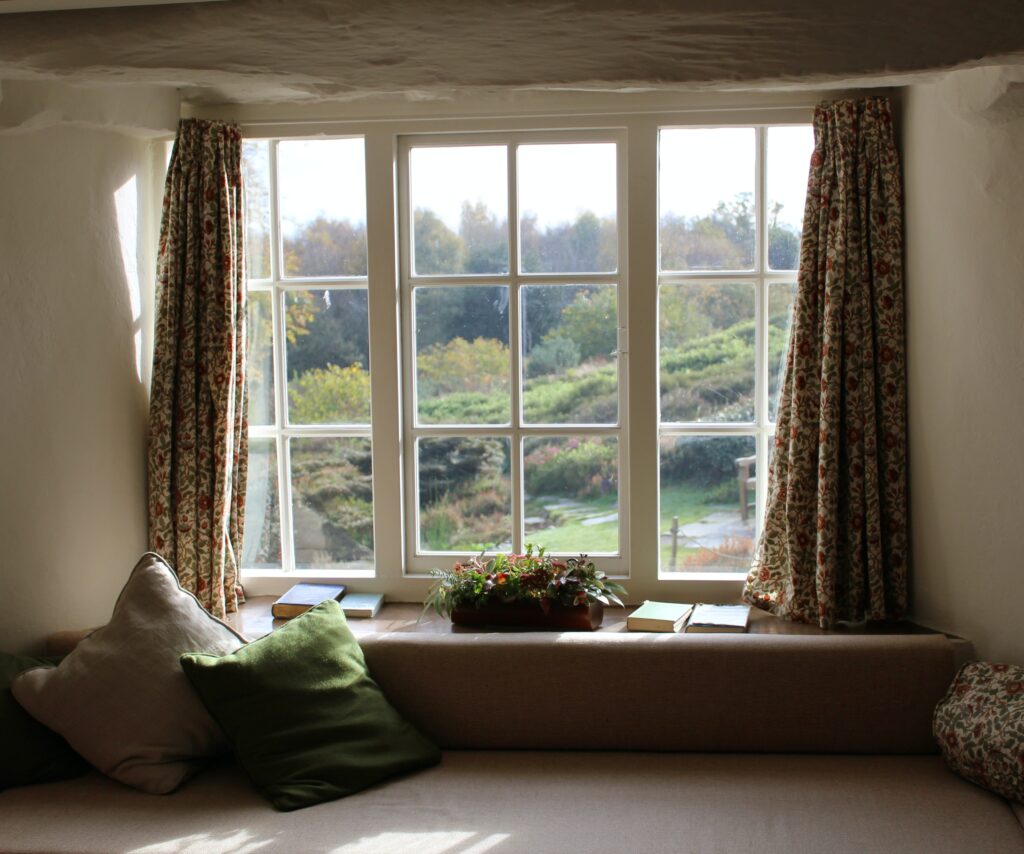In an era where insulation, passive houses, and energy efficiency are at the forefront of construction and renovation discussions, one might wonder why triple glazing hasn’t convinced more Belgians. This article delves into the reasons behind the lukewarm reception of triple glazing in Belgium, despite its apparent advantages in thermal insulation.

The Superior Insulation of Triple Glazing
Undoubtedly, triple glazing offers better insulation than its double-glazed counterpart. The thermal transmission coefficient (Ug) of triple glazing stands between 0.8 and 1, sometimes even lower when the space between the panes is filled with krypton gas. This translates to significantly better insulation, keeping homes warmer in winter and cooler in summer. During the hotter months, triple glazing efficiently filters the sun’s rays, limiting the heating up of rooms.
Luminosity and Solar Gain
One of the drawbacks of triple glazing is its impact on luminosity. The extra layer of glass can make rooms less bright. Additionally, its ability to filter solar radiation means it doesn’t allow the sun to warm the rooms in winter as effectively as double glazing might.
Weight and Installation Requirements
Triple glazing is considerably heavier than double glazing. This added weight necessitates specific frames and hardware to support it, which can complicate installation and increase costs.
Acoustic Insulation
Contrary to popular belief, triple glazing does not provide better sound insulation than double glazing. While it is superior in terms of thermal insulation, its acoustic insulation properties are comparable to those of double-glazed windows.
The Cost Factor
The most significant barrier to the widespread adoption of triple glazing is its cost. The high price of triple-glazed windows is often seen as prohibitive, particularly when compared to the energy savings they offer.
Triple Glazing in Passive Houses
In the context of passive houses, where every small efficiency gain counts, triple glazing finds its true utility. These highly energy-efficient buildings benefit significantly from the superior insulation properties of triple glazing, making it a worthwhile investment.
Alternative Options for Traditional Homes
For more traditional homes, however, the financial investment in triple glazing may seem disproportionate to the limited energy savings it provides. In such cases, opting for good-quality double glazing combined with improved overall insulation might be a more cost-effective and practical solution.
Conclusion
Despite its advantages in energy efficiency, triple glazing has not become the go-to option in the Belgian market, primarily due to its cost and specific disadvantages like reduced luminosity and the requirement for heavier frames. While it remains an excellent choice for passive houses, for the average Belgian home, the benefits may not justify the higher cost compared to other energy-saving measures. As such, the choice between triple and double glazing comes down to balancing cost, efficiency, and practicality based on individual needs and house types.

 Open Immovlan
Open Immovlan